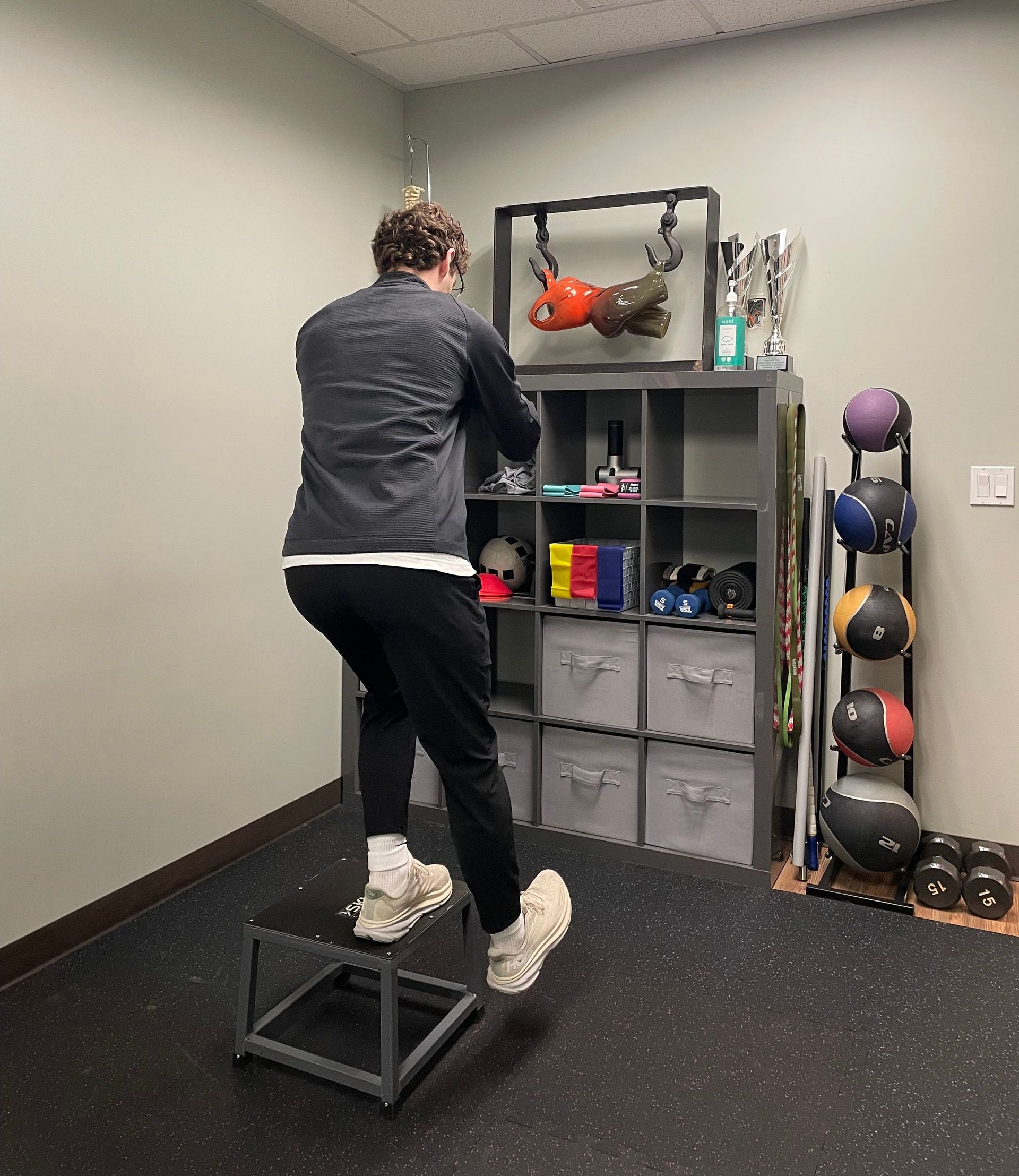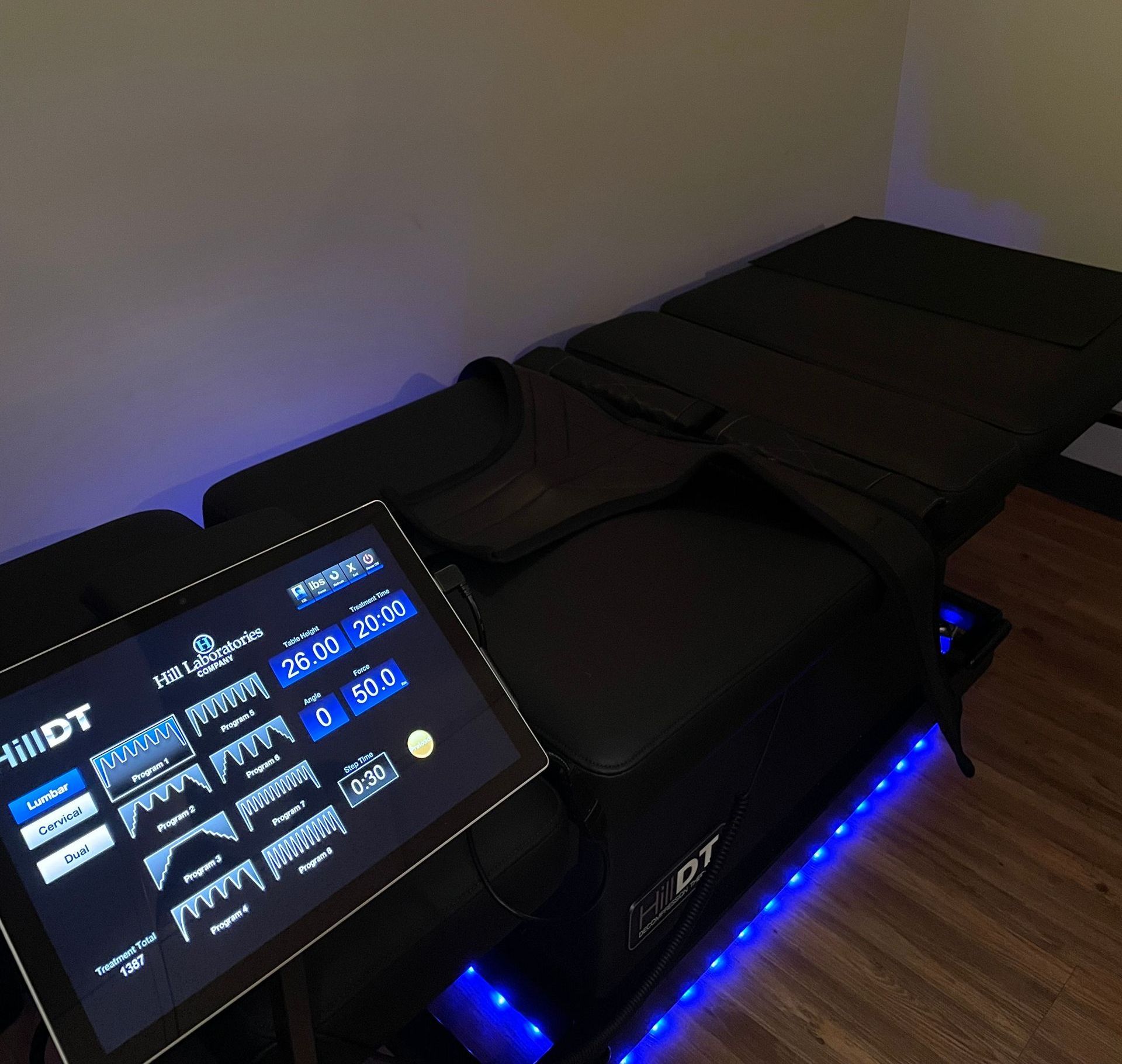How to Train for a Half Marathon
A Comprehensive Guide From Start to Finish Line
*This guide is based on my own experience and training. It is a culmination of my own research, trials and errors, and shortcomings, all with the goal to help you run a half marathon.*
- Determine your Fitness Level
- Go for a run to gauge your current state of endurance. Aim for distance over speed, maintaining a “conversational” pace.
- Based on the outcome and how you felt both during and after, you can begin to determine how much time you’ll need to train.
- I was able to run 6 miles comfortably at an 8:30 pace and recovered well.
- I gave myself 7 weeks to build up to 13.1 miles.
- Pick a Race
- Choose one that interests you.
- Give yourself enough time to train.
- Avoid injuries or setbacks caused by overtraining or cramming.
- Consider the terrain.
- Hills, flat, road, gravel…
- Trail Hunting
- Find a route that matches your race terrain.
- Gravel, road, hills…
- Finding a flat trail can be a great way to replicate training, improve your speed, best efforts, and endurance.
- Set an Achievable Goal
- Minute/mile pace, finish time…
- Do a mile at your goal pace to give yourself an idea of what you’ll have to maintain for 13.1 miles.
- I set a goal to finish between 1:40-1:50 minutes which is a pace of 7:40-8:23 minute/mile.
- I finished in 1:48 at 8:15 pace.
- Your goal should challenge you, but should remain within reach.
- Pace Chart(1): https://www.trackshack.com/uploads/files/(425) 270-3392-mFUQsHze.pdf
- Preparation
- Strength Training
- This was the biggest mistake I made in my training. I overlooked my weaknesses and began running right away without making time to reinforce the joints that are most affected by running, leading to many aches and pains, resulting in many training setbacks. Improving muscular strength helps support your body which will undergo a lot of stress during your training. Be proactive and prepare.
- I recommend setting this in motion before you begin your running training and maintain an abbreviated strength-based regimen throughout.
- Breathing Exercises
- Running is hard. Utilize active breath work to maximize your oxygen efficiency to improve your endurance.
- Take time to practice breathing throughout the day. Intentional breath work during runs was very beneficial for me. It calmed me down, helped me catch my breath, and got my mind off of fatigue or negative thoughts.
- Nostril inhale, mouth exhale. Nostril inhale and exhale. Mouth inhale and exhale. Keep it simple. Find a rhythm.
- I loved using these techniques when I noticed fatigue creeping up on me. It provided my mind an escape and a second wind.
- Running
- Types of Runs
- Fartlek (speed play): interval style training, pace variations. Alternating between high effort and slower recovery paces .
- 1 mile fast, 1 mile slow…
- 0.75 fast, 0.25 slow or 0.25 fast, 0.75 slow…
- Negative Split: run the second half of your run faster than the first
- Increasing speed once your body is warmed up and finishing strong is both mentally and physically rewarding.
- Tempo: consistent pace, find a flow state, breath work. Great for long distance runs.
- Distances
- I referenced a Hal Higdon(2) Half Marathon training calendar to help develop my own routine. I’ve attached it at the bottom of this doc.
- This is a well organized plan ideal for progressive distance overload. I started from week 6 to meet my time frame.
- I completed my longer distance runs on Saturday’s.
- Great cross training options are swimming, recovery walks, light resistance strength training, stretching and mobility.
- My plan was unique to me: my schedule, how my body felt…
- Frequency
- I ran 3x/week over 7 weeks.
- 21 runs total including the race.
- Recovery
This is arguably the most important aspect of your training. In order to stay consistent, replicate output, prevent injury, and improve both your endurance and speed, you must recover well. Here are a few of my recovery strategies. Reach out for more details on any of the following.
- Warm Up and Cool Down Routines
- Mobility Routines
- Lake swims / Ice Baths / Cold Therapy
- Chiropractic Adjustments + ART
- Walking
- Social Recovery: staying connected with family and friends
- Cupping Therapy
- High Carb Diet/ Balanced Nutrition
- 100% Tart Cherry Juice (Trader Joe's or Lakewood Organic brand)
- Beet Root Juice (Trader Joes)
- Important Considerations
- Training for a half marathon is not easy. Throughout your training you may be faced with obstacles and setbacks including potential injury. I certainly faced my fair share of aches and pains as I put my body through a lot in a short period of time. Do not be discouraged should any setback stand in the way of you and your goals. Some days you may feel slow, easily fatigued, uninspired, unmotivated, in pain, or doubtful. Running is physically and mentally draining regardless of your level. Listen to your body and prioritize your health.
- How can mySpine help you prepare and meet your goals?
- A personalized strengthening program, warm up and recovery routine are paramount to your success.
- Chiropractic adjustments and ART.
- Personalized advice, programs, and support for steps 1-7.
- Throughout this process you will put your body through a lot of stress. Running is a process of repetitive ground impact requiring high effort, energy, and joint stability.
- You do not have to get through this alone. Use all of the tools available to you to meet your goals without injury.
I loved my entire experience from day one. The thrill of race day is real. This has opened doors within my personal fitness endeavors and I am excited for my next challenge. Best of luck!
- Mike Venezia
References
- Half Marathon Pace Chart, www.trackshack.com/uploads/files/(425) 270-3392-mFUQsHze.pdf. Accessed 18 Sept. 2024.
- Higdon, Hal. “Half Marathon Training: Novice 1 .” Hal Higdon, 27 Aug. 2018, www.halhigdon.com/training-programs/half-marathon-training/novice-1-half-marathon/. Accessed 18 Sept. 2024.








